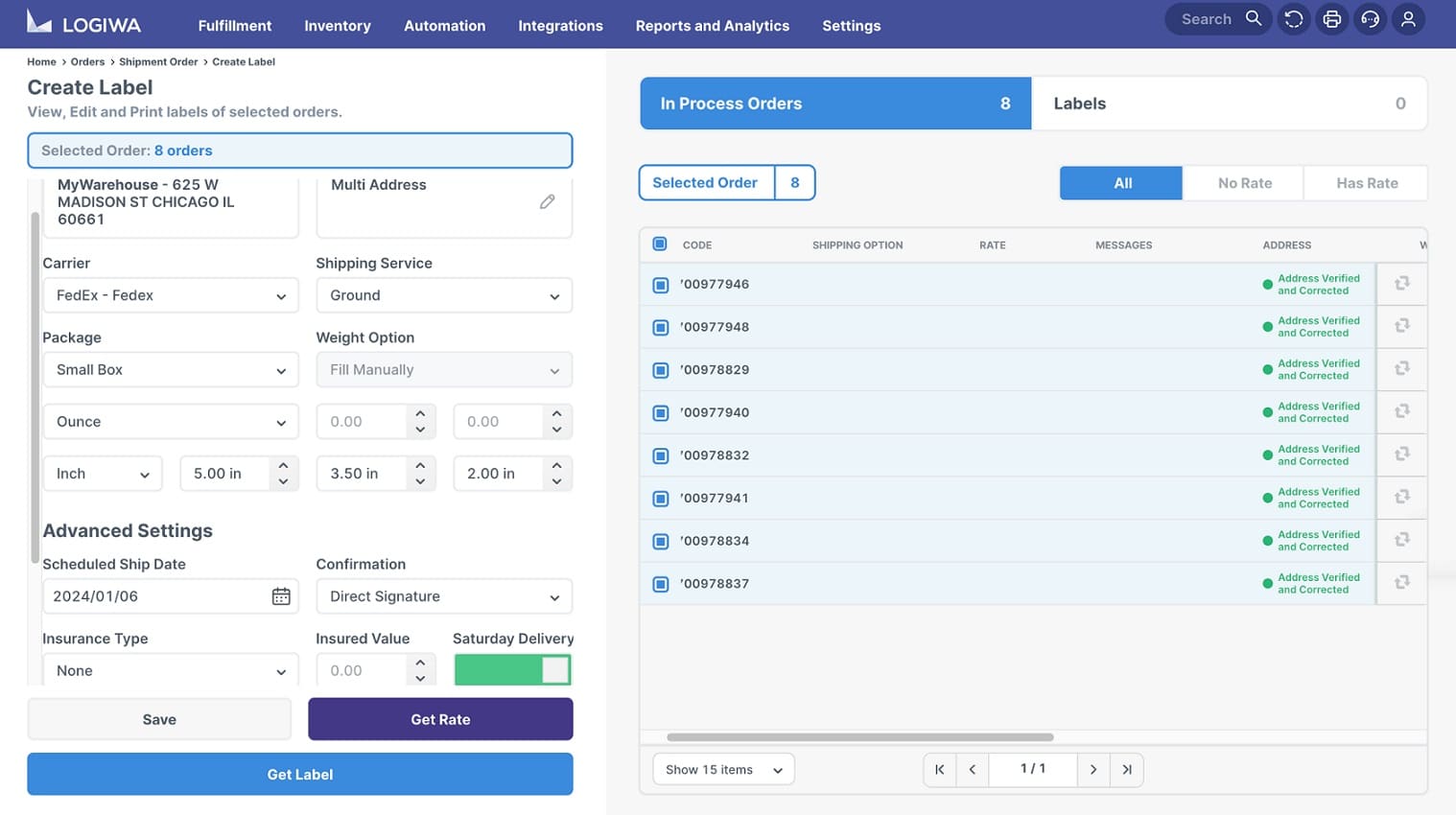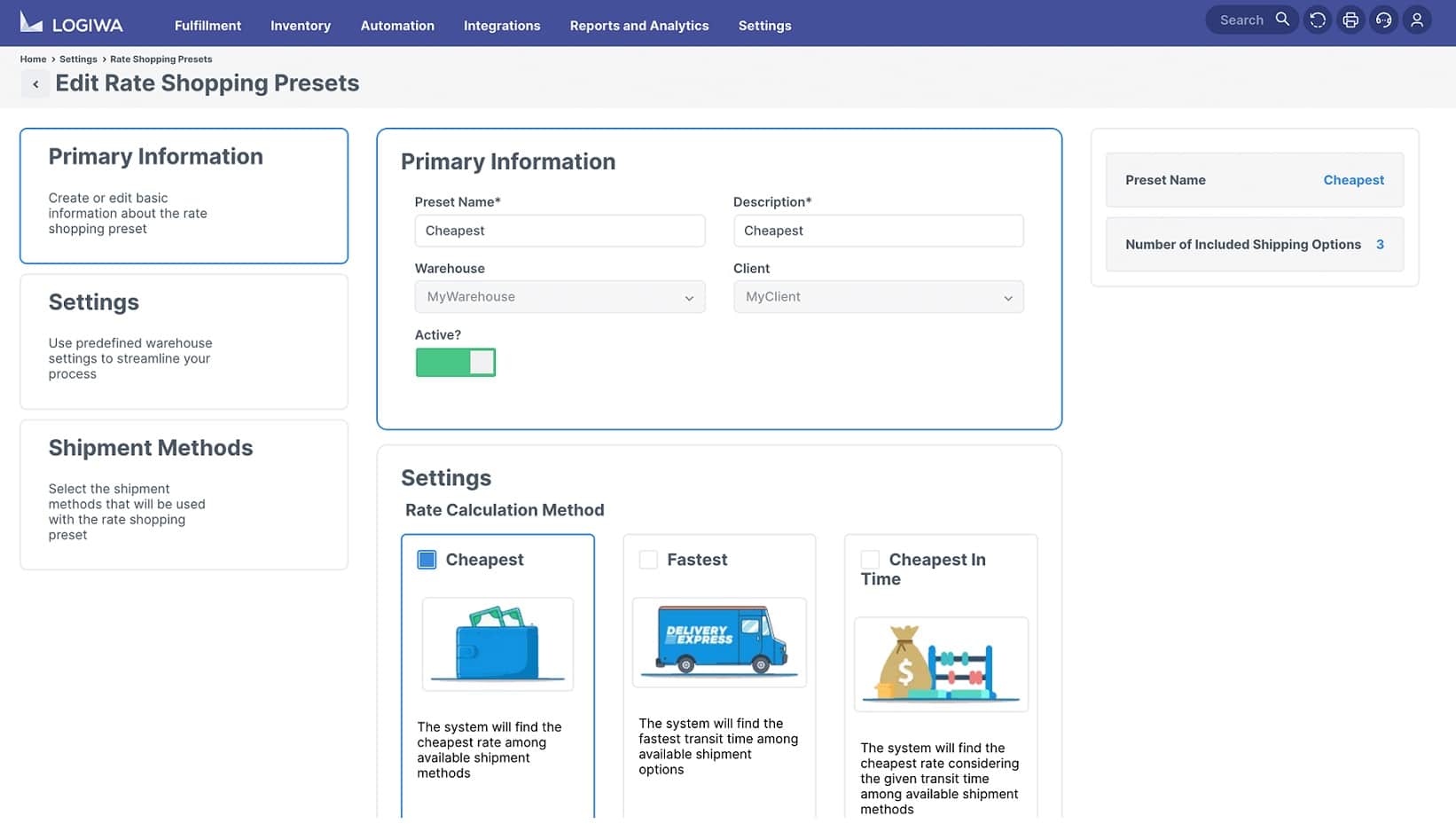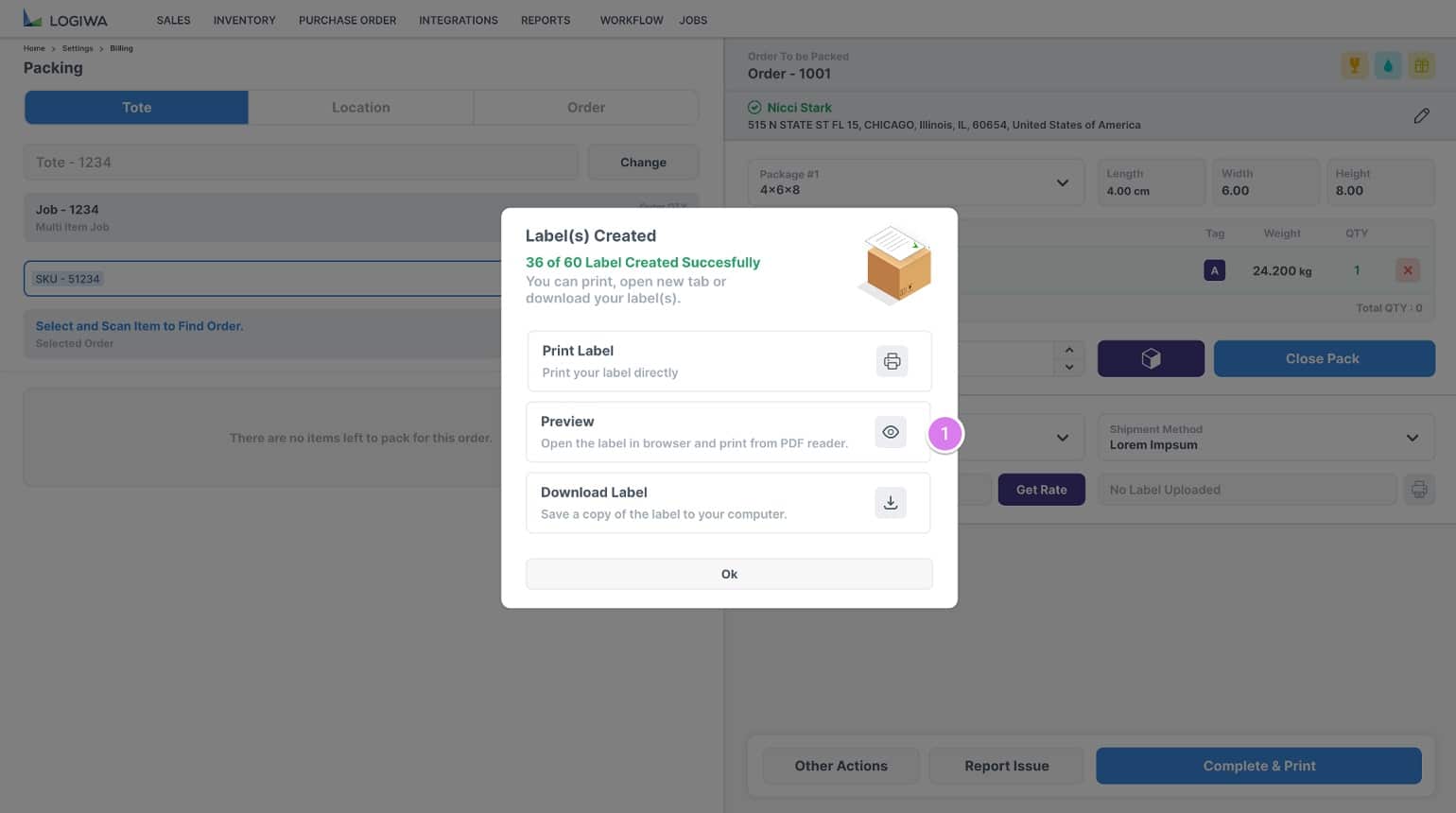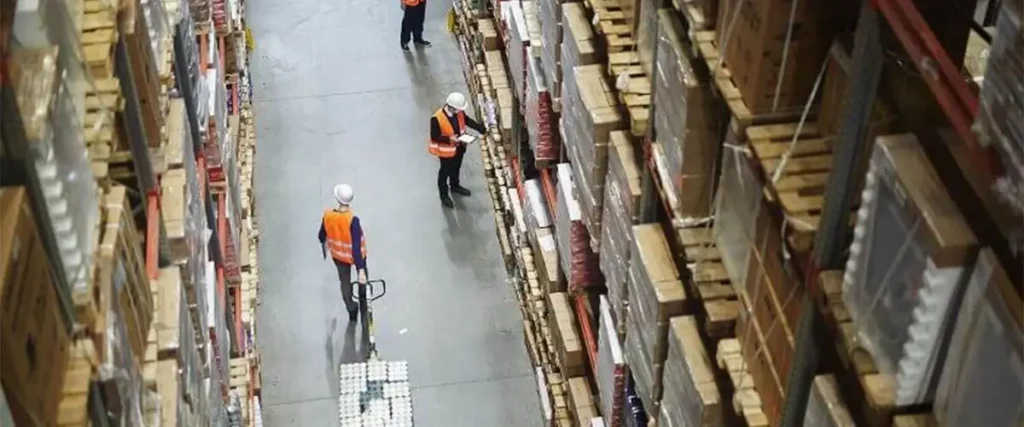The whole world changed suddenly 3 months ago. The way people shop, the way businesses operate changed all of a sudden. No one knows if there is going to be “going back”.
This also affected online retail order fulfillment. Sudden increase in B2C orders due to lockdown and Covid-19 required 2 vital features for online businesses and 3PLs. High volume order processing and a WMS that is beyond scalable. Logiwa’s customers started shipping 12 times more orders within the 2nd week of the national lockdown. That was a challenge for Logiwa – it would be a challenge for anyone – but it has been handled easily by additional server capacities to prevent any performance issues. Most importantly, it was the change in the methods and ways that we guided our customers to process such high volumes.
Printing labels fast and effective for high volume of orders was one of the most valuable methods that we suggested to our customers. Printing labels is a subject of various processes.
Adress Verification
Many sales channels don’t validate customer addresses when the orders are captured from the consumers. In a significant number of instances, this ends up with broken addresses downloaded to WMS. Practically, it’s impossible to get shipment information from shipment carriers with broken addresses because obviously these addresses can’t be shipped to. Therefore these addresses need to be corrected and verified. However, doing this manually is impossible especially in high volume operations considering that it takes 10-15 minutes on average to correct an address.
Logiwa offers automated address correction and verification functionality. This works with 98+% accuracy which saves a lot of time to the order fulfillment teams. All orders’ addresses are corrected and verified automatically once the orders are downloaded into Logiwa.
Also, Logiwa can set verification based rules such as no inventory allocation to an order with unverified address. Instead, the system can send notification emails. This also saves a lot of time from unnecessary picking.

We correct thousands of addresses every day with a 98% accuracy.
Bulk Label Printing Through Job Processing
High volume of orders processing requires some specific methods especially in order picking and packing. The orders are classified mostly based on the item count and variation of the orders.
Logiwa automatically detects and splits the orders into 3 below types. For each order type, the system automatically creates a batch of same type orders which is called a job to be executed by a picker or a team of pickers.
1. Identical Item Jobs
Automatically creating a batch for orders that contain exactly the same SKU – nothing else. Within this process, we can print labels for the whole batch at once. Since all the SKUs in the batch are the same, there is no need to match the orders with the labels. This job type offers great advantages for fast moving SKU orders in high volume businesses.
2. Single Item Jobs
Automatically creating a batch for orders that contain only a single SKU.
3. Multiple Item Jobs
Automatically creating a batch for orders that contain more than SKU.

Rate Shopping
Rate shopping is a beautiful functionality that finds the best shipment rate for each individual order. Logiwa saved 15% on shipment costs – thanks to its rate shopping functionality. Manually finding the best shipment rate for orders is a time consuming process and it causes $3 loss per order on average. Not to mention the risk of human errors in the process.
Logiwa customers save 10% time per order on average beside savings on shipment costs.

That’s why rate shopping is not a nice-to-have but a requirement in high volume order processing warehouses. As a result of rate shopping, batch printing 2,000 order labels in less than 2 minutes is the creme-de-la-creme of overall time savings.
Pack Station
In high volume order processing warehouses, picking is made faster and faster through various order picking strategies and methodologies. Your order picking article explains all these different methods.
Upon order picking, order packing is also a vital process for fast processing of orders and preparing them for shipment. In high volume order processing warehouses, printing the labels at the packing stations saves a lot of time. When an order is scanned at the packing station, Logiwa automatically finds the order type and the box type and prints out the label automatically.

Besides saving time, printing out the labels at the packing station also avoids errors that may be caused by order and label matching. This is probable especially for multiple item jobs and single item jobs but not for identical item jobs. However, Logiwa also makes it very easy for single item packing. In multiple item packing, the packer first scans an order and scans the items in the picking cart. Whereas, in single item packing, the packer first scans the item and Logiwa finds the order and automatically prints out the packing slip and carrier label. In this process, Logiwa WMS also does rate shopping and also detects the weight either by automated calculation or automated capturing from a weight scale.
As a Result, High volume order processing warehouses have a lot of advantages to enjoy with batch printing of labels. Label printing plays a role in various processes as mentioned above. It comes with significant savings and also facilitates the processing of orders in high volume and fast order processing.
Related Terms
Looking for the difference between B2B and B2C? Here is everything you need to know about B2B vs B2C business models and which one would be the right fit for your company.
How to choose between various warehouse business structures? What’s the difference between a flow-through and an incorporation strategy?
Tips by Logiwa during the COVID-19. Learn how Logiwa customers applied social distancing guidelines in their warehouses while increasing their business volume 12x.
In this blog post, we break down how to measure your WMS ROI, what a WMS ROI calculator is, and the best 6 ways to measure your return on WMS investment.
Expiration date tracking can trace lot numbers, expiry dates, and best before dates automatically. Find out the best expiration date tracking software suitable for your business.
Using available-to-promise can improve your warehouse efficiency to a big extend. Learn more about available-to-promise formula and ATP supply chain processes!
Everything you need to know about kitting and assembly. How to make your operations more productive by implementing suitable kitting processes.
Logiwa’s digital warehouse management system helps brands, online sellers and 3PLs achieve high-volume order success without adding headcount
Warehouse Management
Modern WMS cloud fulfillment powers a modern experience
Inventory Management
Improve your inventory across your supply chain.






